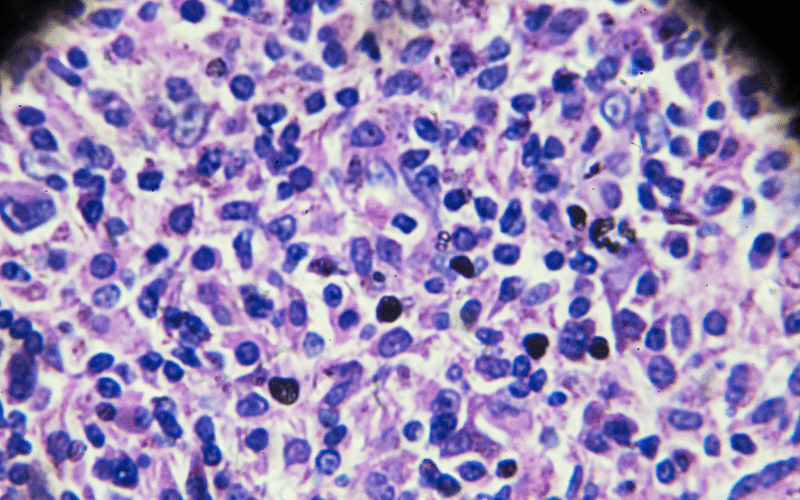Introduction: Delving Deeper into the World of Cutaneous T-Cell Lymphoma

In the intricate tapestry of medical science, some conditions stand out for their uniqueness and challenge. Cutaneous T-Cell Lymphoma (CTCL) is one such condition, weaving a story of complexity, resilience, and continual learning. As a rare form of non-Hodgkin lymphoma, CTCL primarily sets its sights on the skin, presenting an array of symptoms that often masquerade as benign ailments.
The deceptive nature of CTCL symptoms, often resembling commonplace skin conditions, becomes both its mystery and challenge. For many, this results in delayed diagnosis, which can have profound implications on treatment outcomes and overall prognosis. Yet, while the medical intricacies of CTCL are a focus, there’s a broader narrative that demands attention.
Beyond its biological manifestation, CTCL brings with it a profound human experience. From the emotional roller-coaster patients ride post-diagnosis to the community of caregivers, medical professionals, and researchers rallying behind them, the condition becomes a focal point for stories of struggle, hope, and breakthroughs. Every individual affected becomes a testament to human resilience in the face of adversity.
With this backdrop, our exploration into CTCL is not merely about presenting clinical facts. Instead, we aim to provide a holistic understanding, bridging the chasm between clinical terminologies and the lived experiences of those affected. As we navigate through the myriad facets of CTCL, our goal is to paint a comprehensive, empathetic, and insightful portrait of this unique lymphoma.
1. An Uncommon Skin Villain: The Basics of CTCL

Cutaneous T-Cell Lymphoma, commonly abbreviated as CTCL, stands distinctly in the world of non-Hodgkin lymphomas. Unlike others in its category, it primarily impacts the skin, resulting in a range of symptoms that are both varied and perplexing. Originating in the T-cells, its propensity to primarily target the skin makes CTCL unique in the broader lymphoma spectrum.
The earliest records of CTCL date back to the late 19th century, though its exact origins remain a topic of extensive research. The varied nature of its symptoms often made it a challenge for early medical practitioners to pinpoint. Over the years, advancements in diagnostic tools and a deeper understanding of its molecular basis have provided a clearer picture.
Although CTCL is classified as a type of cancer, it’s unique in how it presents itself. Its incidence rates vary across the globe, with some populations exhibiting a higher predisposition due to genetic and environmental factors. One of the intriguing aspects of CTCL is its proclivity for older adults, though it doesn’t exclusively affect this age group.
Understanding the genetic makeup and mutations associated with CTCL has been at the forefront of recent research. Delving into its genetic underpinnings offers potential avenues for targeted treatments and therapies. While it’s a challenging condition to manage, strides in medical research continue to shed light on its intricacies.
The road to fully grasping CTCL and its implications remains ongoing. Each discovery offers a new perspective, and each case presents its own set of challenges and insights. Through collective efforts and continued research, the hope is to demystify CTCL further, offering relief and solutions to those affected. (1)